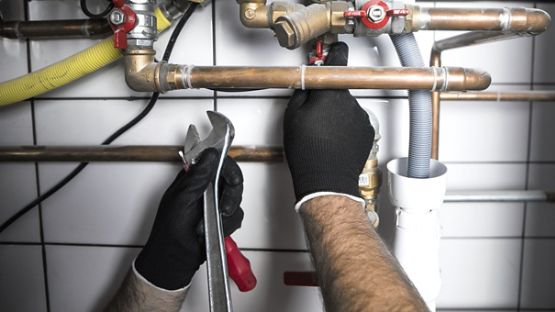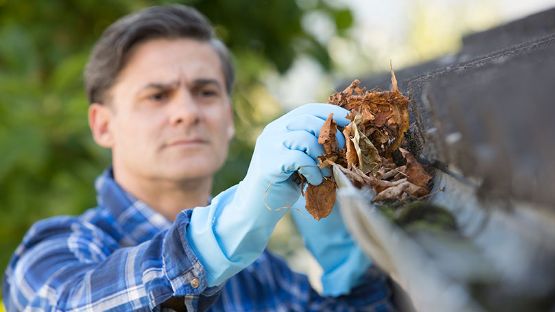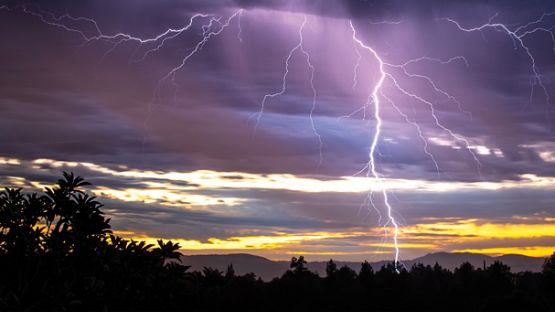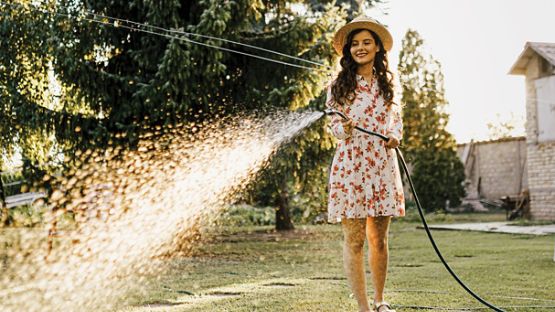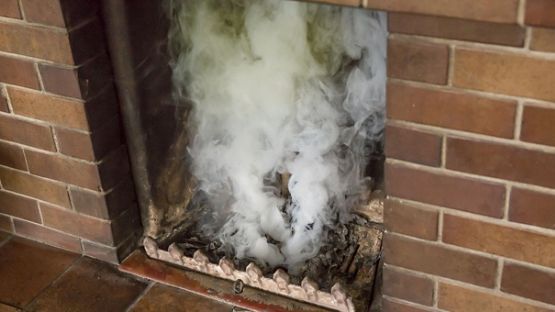Hailstorms can be surprisingly destructive, causing significant damage to both house and car roofs.
According to Public Safety Canada, hailstones start at a minimum diameter of half a centimetre and can grow to over 10 centimetres in diameter, roughly the size of a grapefruit. These stones can impact the ground at speeds up to 130 kilometres per hour, potentially causing significant damage to homes and vehicles, as well as posing risks of injury to people and animals.
A well-maintained roof is essential for safeguarding both your home and car from hail and other elements. Whether it's the roof over your head or the one on your vehicle, neglecting roof maintenance can lead to costly repairs and headaches down the road.
Key takeaways
- Use impact-resistant shingles or metal roofing to protect your house from hail damage. Conduct periodic roof inspections and maintenance to identify and fix vulnerabilities.
- Park your car in a garage or protect your car with hail-resistant covers during hailstorms.
- Ensure your home and auto insurance policies cover hail damage and document any damage for claims.
Protecting your house roof from a hail storm
A hailstorm in Canada in 2020 was, at the time, the fourth-largest natural disaster in Canadian history and resulted in over $1.2 billion in insured damage (Insurance Business Magazine), so it’s worth taking steps to prevent roof damage from hail storms:
Choose durable roofing materials or hail-resistant roofing
One of the most effective ways to safeguard your home against hail damage (and the strong winds that often accompany hail storms) is to invest in durable roofing materials, especially if you’re planning an entire roof replacement anytime soon.
- Impact-resistant shingles, such as rubber or modified asphalt shingles are designed to withstand hail impact better than standard shingles.
- Metal roofing is another excellent option due to its durability and resistance to hail and other severe weather.
Talk to a roofing specialist about the hail-resistant materials that exist and the pros and cons of these and other roofing materials.
Regular roof maintenance and inspections
Routine maintenance and inspections are important for keeping your roof in top condition. Regularly check for signs of wear and tear, such as missing shingles, loose shingles, damaged flashing and accumulated debris. By addressing these issues promptly, you can prevent minor problems from escalating into major damage if a hail storm hits. Consider hiring a professional roofer for annual inspections to ensure your roof remains in good shape.
Reinforce vulnerable areas
Certain areas of your roof, including skylights, vents and chimneys, are more susceptible to hail damage. You can protect your roof by reinforcing these vulnerable spots with additional protection, such as impact-resistant covers for skylights and sturdy flashings for vents and chimneys. These measures can help prevent hailstones from penetrating these weak points and causing leaks or other issues. Again, talk to a roofing specialist to advise you on the best products for your roof.
Protecting your car roof from hail
Hail can cause various types of damage to cars including:
- Paint damage
- Dents and dings
- Cracked or shattered windows
- Misaligned mirrors
When it comes to protecting your car, the best advice is to store your vehicle indoors. Garages and carports provide excellent protection from hail and other weather-related damage. If you don’t have access to a covered parking area, consider parking your vehicle in a spot with some natural cover, such as under a tree or an overhang, to reduce exposure to hail.
If covered parking is not an option, consider a car cover. A hail-resistant car cover is a simple and effective way to protect a vehicle from hail damage. These covers are designed to absorb and dissipate the impact of hailstones, preventing dents and scratches on your car’s surface. When choosing a cover, look for one specifically labeled as hail-resistant to ensure maximum protection.
If you find yourself caught in a hailstorm on the road, there are a few emergency measures you can take to minimize damage. If possible, seek shelter in a garage or other covered area.
Insurance considerations
Ensuring that your insurance policies adequately cover hail damage is an essential part of protecting your property and vehicle. Review your home insurance and auto insurance policies to confirm that hail damage is covered and understand the specifics of your coverage. If necessary, consult with your insurance representative to discuss additional coverage options that may offer enhanced protection.
If hail damages your roof or vehicle, thorough documentation is important for processing insurance claims. Take clear photographs of the damage and make detailed notes of the affected areas. Report the damage to your insurance provider as soon as possible to initiate the claims process and ensure timely repairs.
Protecting your roof from hail damage involves a combination of proactive measures, regular maintenance and understanding your insurance coverage. By investing in durable materials, reinforcing vulnerable areas and using protective products, you can significantly reduce the risk of damage to both your house and car roofs. Don’t forget to review your insurance policies and take steps to document and report any damage. With these strategies in place, you can better safeguard your property against the effects of hailstorms.





